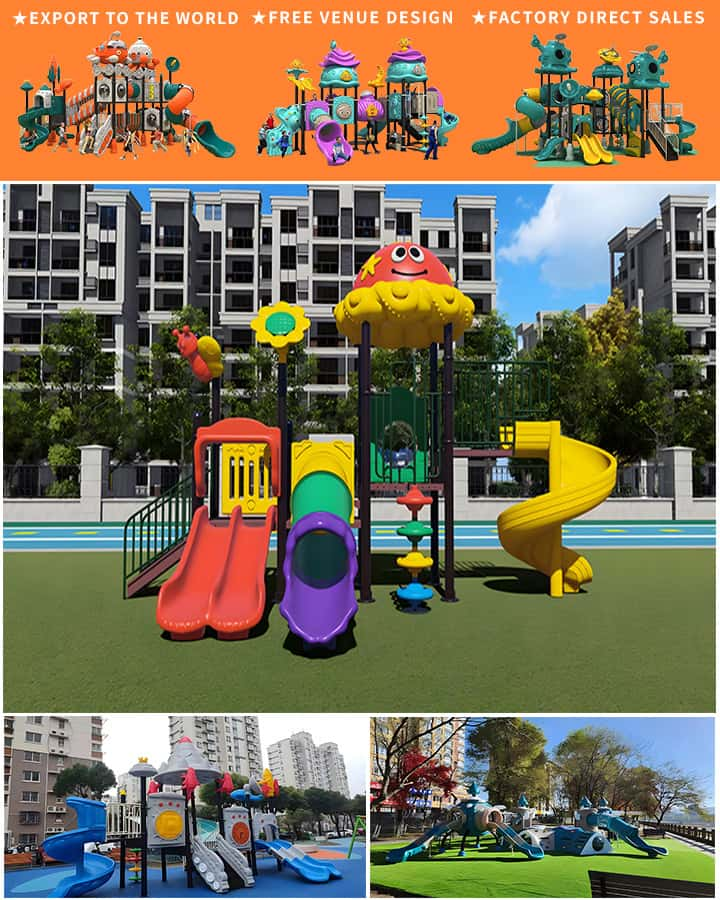Outdoor playgrounds are essential spaces for children to engage in physical activities, social interactions, and imaginative play. One critical aspect that is often overlooked is the choice of outdoor playground surfaces. The right surface not only enhances safety but also contributes to the overall quality of play experiences. This article delves into the key considerations when selecting outdoor playground surfaces and their impact on children’s well-being and enjoyment.
Safety First: Impact Absorption and Injury Prevention
Safety is paramount in any playground setting. The ground surface plays a crucial role in minimizing injuries from falls and tumbles. Softer surfaces such as rubber mulch, wood chips, and artificial turf are designed to absorb impact effectively. These materials cushion falls, reducing the likelihood of severe injuries such as fractures and concussions. For instance, rubber mulch offers excellent shock absorption, making it a popular choice among playground designers and parents alike.
Durability and Maintenance
Durability is another vital factor. Playground surfaces should withstand heavy use and varying weather conditions without degrading quickly. Materials like poured-in-place rubber and bonded rubber provide long-lasting durability and require minimal maintenance. Regular upkeep, including cleaning and replenishing loose-fill materials, ensures that the surfaces remain safe and functional over time.

Accessibility and Inclusiveness
An often-overlooked aspect is the accessibility of playground surfaces. Children with disabilities or mobility challenges benefit from inclusive designs that accommodate a wide range of needs. Poured-in-place rubber, for example, can be customized to create smooth, even surfaces that are wheelchair-accessible, allowing all children to enjoy the playground equally.
Environmental Considerations
Environmental impact is an increasingly important consideration in playground design. Eco-friendly materials like recycled rubber mulch or synthetic grass reduce the ecological footprint while providing durable and safe play surfaces. Additionally, permeable surfaces allow rainwater to seep through, reducing runoff and promoting groundwater recharge.
Enhancing Play Value
While safety and practicality are crucial, the aesthetic and sensory qualities of playground surfaces should not be underestimated. Brightly colored and textured surfaces can stimulate children’s senses and encourage creative play. Natural elements such as wood fibers or pea gravel offer tactile variety, enriching the sensory experience of the playground.
Regulatory Compliance
Compliance with local regulations and safety standards is essential when selecting playground surfaces. Organizations such as the American Society for Testing and Materials (ASTM) set stringent guidelines to ensure that playground surfaces meet specific safety criteria. Familiarizing oneself with these standards helps in making informed decisions that align with legal requirements.
In conclusion, choosing the right outdoor playground surfaces involves a balance of safety, durability, accessibility, environmental impact, and play value. By prioritizing these factors, parents, caregivers, and playground designers can create environments where children thrive, learn, and have fun. Investing in high-quality playground surfaces is investing in the health and happiness of the next generation.




